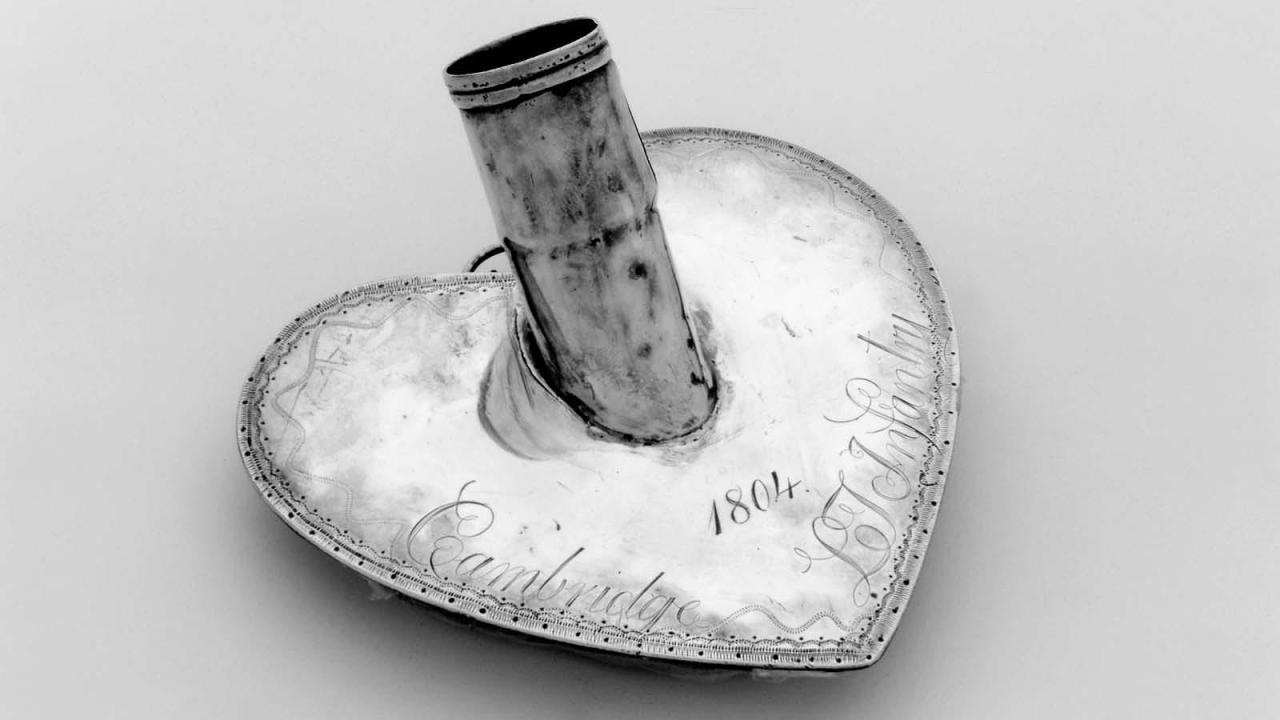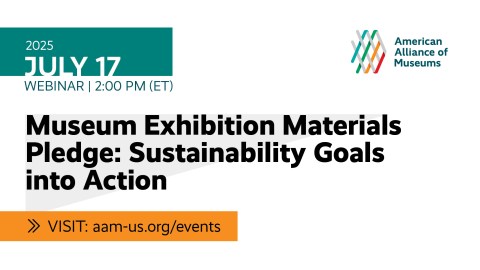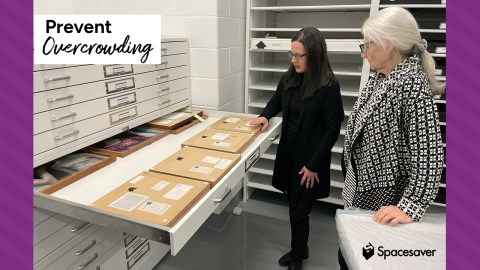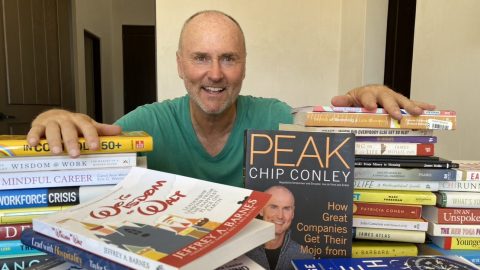
Earlier this month, I wrote about the role self-organized mutual aid groups are playing in our nation’s response to the financial damage inflicted by the COVID-19 pandemic. Today on the blog, staff from the Museum of Fine Arts, Boston, tell the story of how they started a relief fund to support colleagues, and generously share the documents and resources they created to support this effort.
–Elizabeth Merritt, Vice President Strategic Foresight and Founding Director, Center for the Future of Museums
We are a group of colleagues at the Museum of Fine Arts, Boston. Inspired by many similar efforts across the country, including at the Brooklyn Museum and the Tenement Museum in New York, we came together in late July 2020 to form a mutual aid fund in order to offer some support to colleagues facing extended furlough, lay off, early retirement, or other kinds of financial stress related to the pandemic.
In a landscape where many things seem outside our control, this was one way to concretely demonstrate care for one another. As an extension of that, we have developed an open source Museum Mutual Aid Starter Kit for other institutions considering doing the same (find it here on Dropbox). In this post, we walk you through some of the things we learned.
1. Don’t reinvent the wheel
Mutual Aid is not a new concept and there are many models and explainers online for those in your group who might be unfamiliar with the general idea. (Dean Spade, writer, trans activist, and Associate Professor of Law at Seattle University School of Law, is one of our favorite sources.)
Mutual aid for museum workers is already happening in many institutions. Before we started our endeavor, we spoke to organizers at the Brooklyn Museum Mutual Aid Fund and the Museum Workers Relief Fund who generously relayed their experiences. We are very grateful for their time, and it’s in this spirit that we’d like to pay forward the knowledge that we’ve gained along our journey.
2. Organize independently, but give your institutional leadership a heads up
Our mutual aid fund is a community-based fundraiser independent of the Museum of Fine Arts, Boston established by and for the workers of the MFA. It is run by current and former colleagues who believe in mutual aid as one significant way to demonstrate collegiality and support.
While there are many issues inside and outside of our field that we, individually and collectively, feel energized by, we understood the focus of this project to be putting emergency funds into the hands of colleagues who needed to pay their rent, buy food for themselves and their families, and cover healthcare. We therefore decoupled this effort from any other advocacy for more long term change in museums. The constant goal was to keep care and attention on those who needed financial support immediately.
We acknowledged up front that a mutual aid fund is a band-aid and not a more permanent fix … and then we moved on to focus on doing what we can for our colleagues who are experiencing really stressful and vulnerable situations.
While we operated independently as a “staff for staff” effort, and did not solicit donations from anyone but current and former staff of our institution, we also attracted funds from some extremely kind longtime museum supporters. To avoid conflicting messages, we made sure we were courteous at every step to our institutional leadership and kept informed about our next steps. To avoid competing with the museum’s own fundraising efforts, we did not seek support from museum donors, and we asked our leadership team to be in touch with the board directly as a “heads up” and not for the purposes of solicitation. We have maintained open communication with museum leadership and have kept them updated on our communications and any media requests we receive. Every organization is different–this is what worked for us.
3. Open, non-hierarchical, consensus-based team
Initially, four staff kicked off the idea of forming a relief fund with an all staff email. They sent out a Google Form asking colleagues who were willing to spend a substantial amount of time on the effort to join the Steering Committee and calling for other volunteers willing to donate occasional hours to outreach, thank you letters, and other tasks. The four people who started the project stepped back into the general volunteer pool, and we created a Steering Committee consisting of eight people to make decisions. (Issues under discussion need a quorum of five.)
This work can take a lot of time, especially in the first two weeks. It can feel like a full time job. Be prepared, and make a strong, collaborative team.
4. Get your ducks in a row before going live
Raising relief funds requires pre-planning in order to comply with tax considerations, some of which exist in somewhat of a grey zone. We are not qualified or able to offer tax advice, but we have included in the Dropbox some of the intel we collected on various considerations for ourselves as organizers as well as those who donate and those who receive funds. You should open an interest-free bank account and have at least two signers on it so that it’s not just one colleague bearing the burden of payouts (and so there’s an alternate if someone is out of office or sick). Additionally, having at minimum two signers on the account reaffirms accountability and transparency within the Steering Committee in a tangible way and also provides some legal protection, which is vital when dealing with any donated funds.
We chose to use a GoFundMe page as our fundraising mechanism, and we have included the text that we used to populate the page in the Dropbox (and we cribbed a great deal of that from that on the Brooklyn Museum’s page!). Remember to set up a Gmail account with a generic name rather than using a personal email account.
Like any fundraising campaign, we recognized that foundational “kickoff” gifts would help benchmark giving levels for those who could afford to be generous. We are extremely grateful to the tens of folks to whom we reached out the evening before the campaign officially opened. They gave at a level they felt comfortable, and that in turn allowed us to share the GoFundMe page widely in an all staff email (template also in the Dropbox) the following morning with a robust amount already raised, which encouraged others to join in.
5. Be sensitive
People usually feel uncomfortable–and sometimes outright shame or embarrassment—at having to ask for financial help. This can add to the stress of facing unemployment and lack of healthcare during a pandemic. For these reasons, we chose not to share our fundraising effort on social media but instead to use peer-to-peer communication to encourage donations and, importantly, invite applications to the fund. (See our overview of how we conducted outreach on the Dropbox, too).
We provided a Google Form for applications to the fund, and a dedicated team of seven on the disbursements team met daily to assess new inquiries. Only those seven volunteers got to see who had applied, and they pledged to keep the information confidential so that no one applying to the fund would worry that their circumstances would be known outside a very small circle.
6. Pay it forward
Our mantra has been that Teamwork Makes the Dreamwork. This works within the institution and has rippled out through generations of former MFA colleagues and friends who have supported this endeavor. It also fans out into the wider field to institutions who are experiencing the same loss and pain.
To date the fund has raised $124, 507, and just over $68,000 has been or is in the process of being disbursed in various increments based on stated need by each applicant. We do not disclose the sizes of these increments, but we do have an explainer in the Dropbox that highlights how we make decisions about amounts. Our fund has helped people who have experienced multiple layoffs in one family; who were worried about making rent next month and getting evicted; folks who are undergoing ongoing medical treatments that are already stressful and come with high bills. No one should have to face these issues at the best of times–and these are not the best of times. Mutual aid is one way of taking care of our colleagues in the short-term and has brought us—former and current staff—together with bonds that are forged for the long term.
Feel free to get in touch if you have further questions: MFAMutualAidFund@gmail.com
With thanks, gratitude, and solidarity,
The MFA Boston Mutual Aid Fund Steering Committee
Jordan Barnes
Rachel Bosenberg
Julia McCarthy
Thomas Michie
Sophia Walter
Anne Nishimura Morse
Julia Propp
Lydia MacKay, emeritus
Mike Tom, emeritus
And a band of supportive volunteer MFA colleagues








